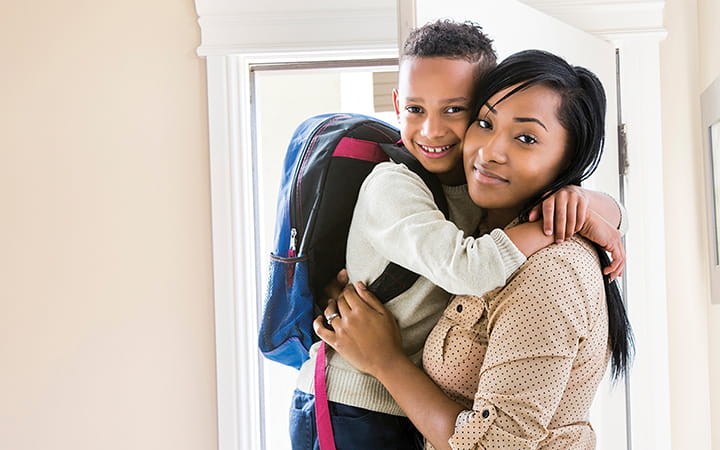Is Your Child Ready For Independence? How to Tell
September 18, 2019
 University Hospitals Rainbow Babies & Children'sExperts in Children's Health
University Hospitals Rainbow Babies & Children'sExperts in Children's Health


Giving kids a little independence is a wise move – it teaches them important lifelong skills and instills confidence.
You might want to try giving your child a taste of independence while instilling the knowledge they need to stay safe. Here are some tips from Eva Johnson, MD, Medical Director of the Rainbow Pediatric Practice at UH Rainbow Center for Women & Children, for common situations your child may embark upon.
Walking/Biking to School
Young children often aren’t careful around traffic and are more likely to dart into the street without thinking about what could happen. For those reasons, most kids aren’t ready to walk to school alone until about age 10.
When considering having children pedal to school, make sure they are comfortable on a bike and always wear a helmet. Dr. Johnson says kids should understand the following:
- What traffic signals and signs mean
- How to pay attention to cars with drivers who might not be able to see them
- How to say no if a stranger offers them a ride
- Why it’s a bad idea to use a cellphone while walking/biking
- The best and safest route to take
- Why it’s smart to wear clothing or accessories that can be easily seen
Taking Public Transportation
Public transportation can be a handy way to get around, but there are some differences between riding a school bus and a public bus. For starters, school buses are filled with other kids, while public buses have people of all ages. A school bus will wait to make sure all children cross the road before leaving a bus stop; a public bus will not.
To take a subway or train, children need to know which side of the platform to stand on and that they shouldn’t play on the platform.
All of this requires being alert, being aware of the surroundings and being comfortable around strangers. Kids should know how to contact the police and train operators/bus drivers in case they need help.
Ready for More Responsibility?
“In general, assess your child’s readiness for other independent activities by considering their ability to pay attention, follow rules, make good decisions and feel comfortable alone,” Dr. Johnson says.
“Just remember that what’s right for a peer may not be right for your son or daughter," she says. "You know your child best. Together, you can figure out when it’s time to venture out into the world with added responsibilities."
Related links
Need to find a pediatrician that your child will love? Visit UHRainbow.org/Pediatrics to find a pediatric provider in your neighborhood.


